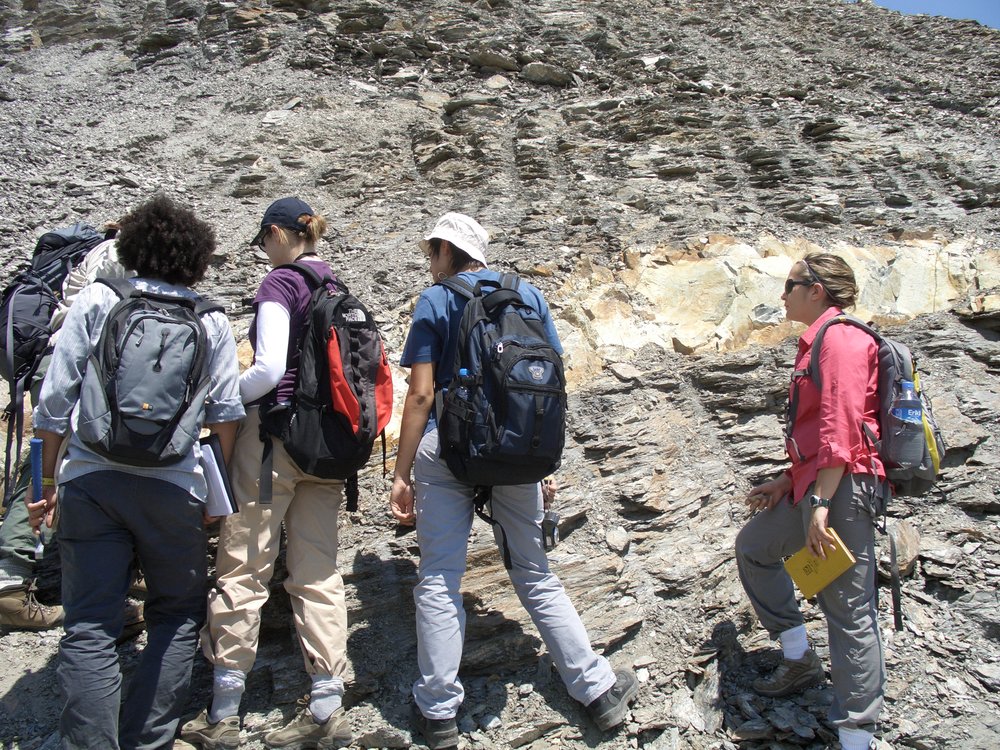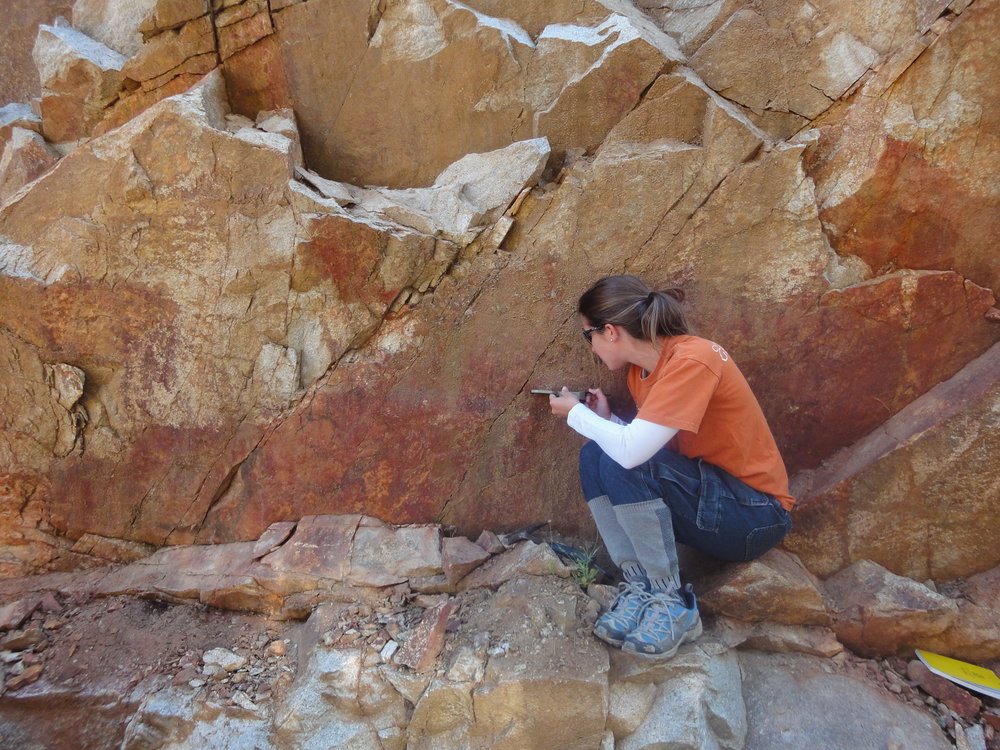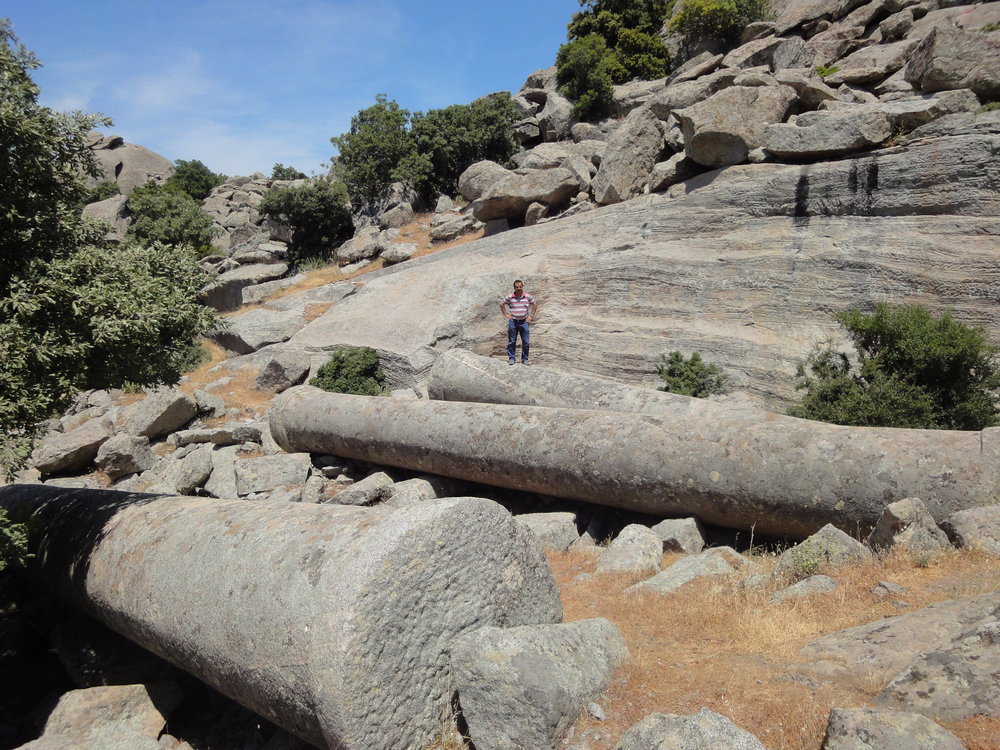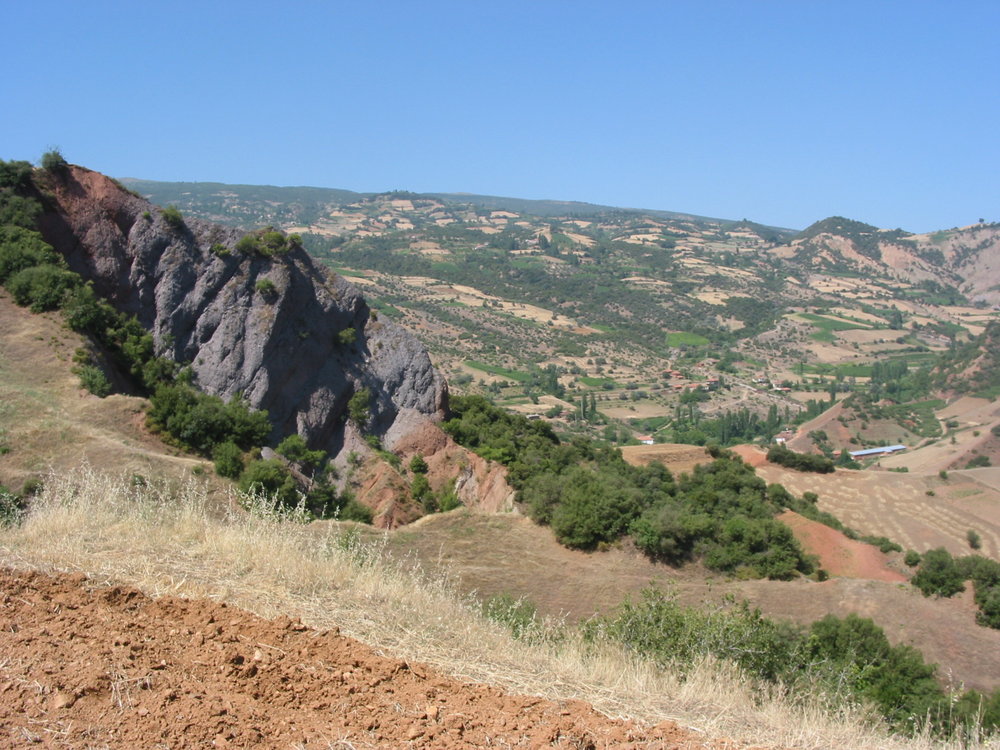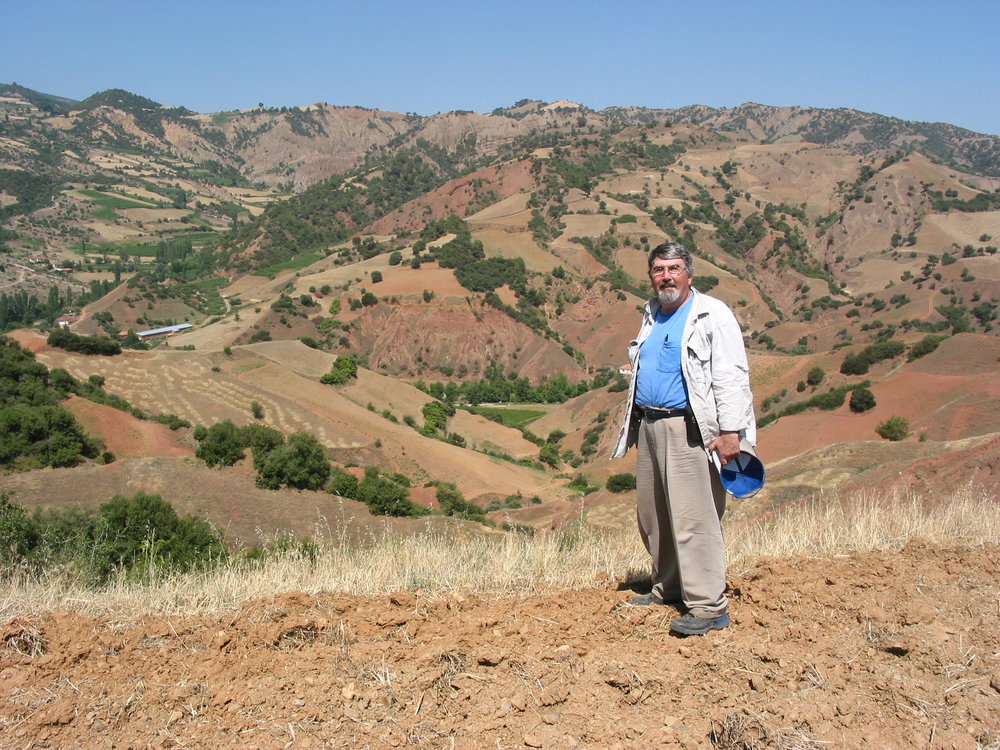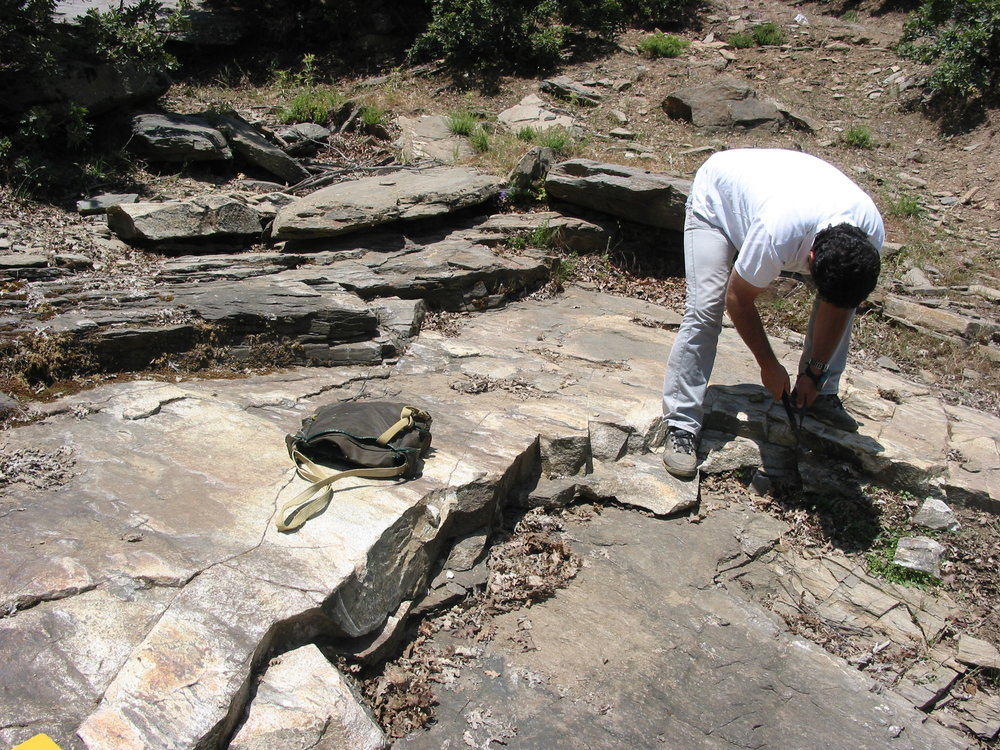
Earth Transitions: Tracking changes from compression to extension in western Turkey
The geology of Western Turkey is characterized by a series of continental collisions from Late Cretaceous to Eocene time and was then followed by a switch in motion to post-collisional extension. The exact nature of the timing of extension is controversial, but it caused the opening of the Aegean Sea, as well as the exhumation of several major metamorphic belts. The largest metamorphic core complex on the planet, the Menderes Massif, was created by this process. Rocks in the Menderes Massif show evidence of significant extension and the range itself covers an area of >40,000 km2.
Extension in the Menderes Massif, and the Aegean region in general have been the focus on a number studies. The result has been the development of fundamental tectonic models that have increased our understanding of plate tectonics in general. Hypotheses for the formation of the Menderes Massif can be tested using geochronology and thermobarometry, making the region a key locale in identifying the geological processes that facilitate extension in the continental lithosphere. We study this process by targeting its igneous and metamorphic rocks.
This project was funded by the NSF’s Tectonics and International Divisions.

